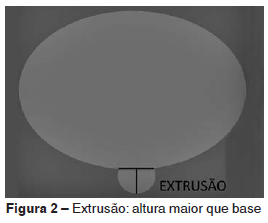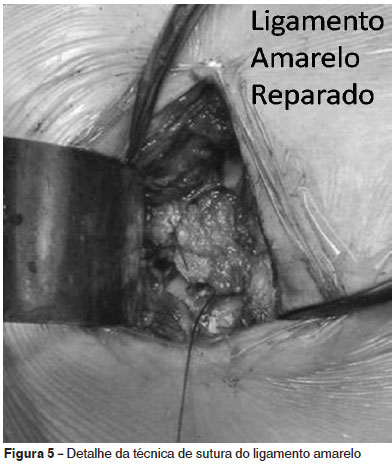Lumbar disc herniation is the most common diagnosis amongst the degenerative conditions of the lumbar spine (affecting around 2 to 3% of the population), and is the principal cause of spine surgery in the adult population. The typical clinical picture includes initial lumbalgia, followed by progressive sciatica. The natural history of disc herniation is one of rapid resolution of the symptoms (from 4-6 weeks). Early treatment should be conservative, with pain management and physiotherapy, sometimes associated with selective nerve root block. Surgery should be considered if pain management is unsuccessful, if there is a motor deficit (strength grade 3 or less), where there is radicular pain associated with foraminal stenosis, or in the presence of cauda equina syndrome, the latter representing a medical emergency. A refined surgical technique, with removal of the extruded fragment and preservation of the ligamentum flavum, resolves the sciatic symptoms and reduces the risk of recurrence in the long term.
Lumbar disc herniation; Ligamentum flavum; Sciatica; Surgical treatment





